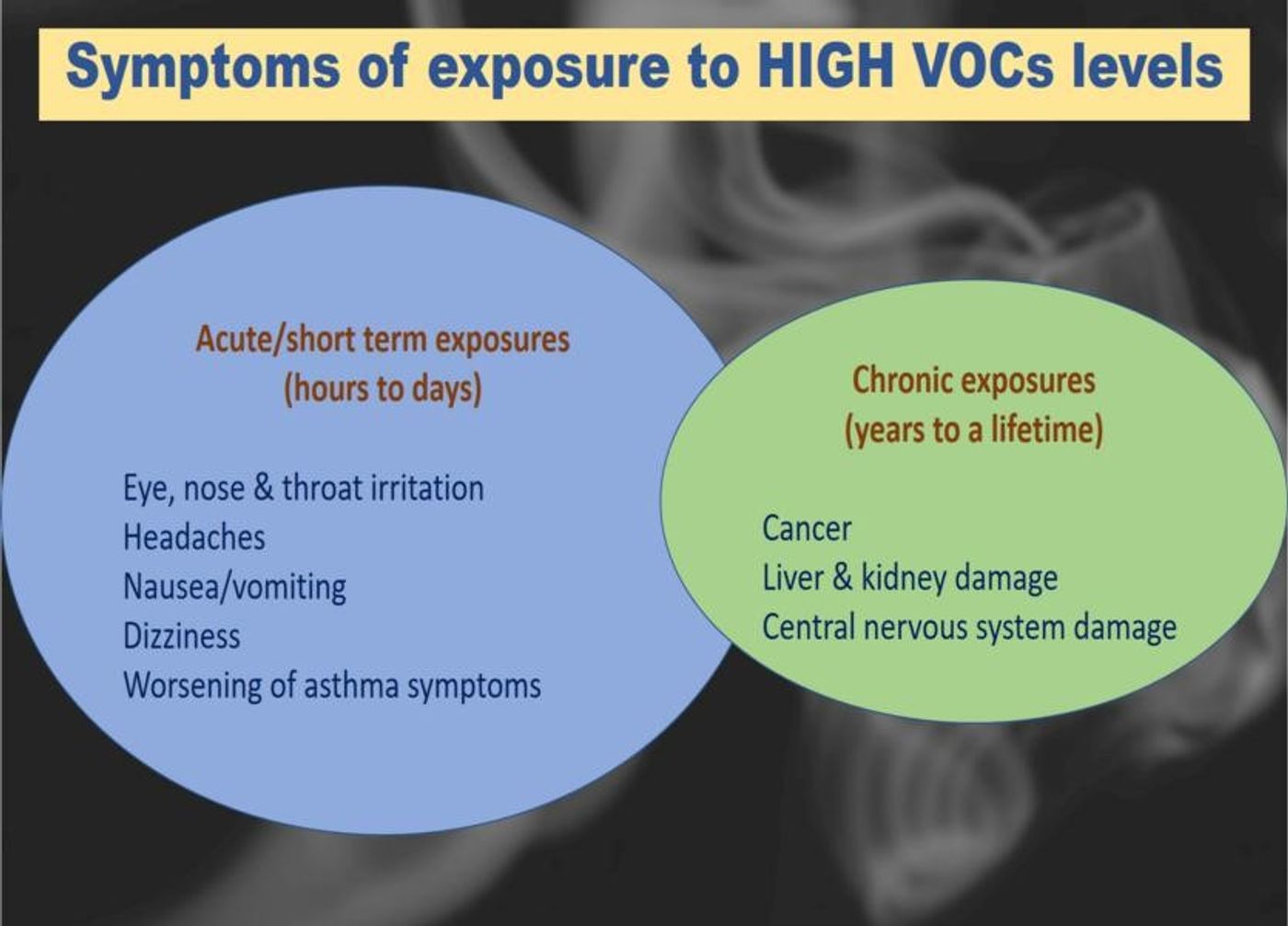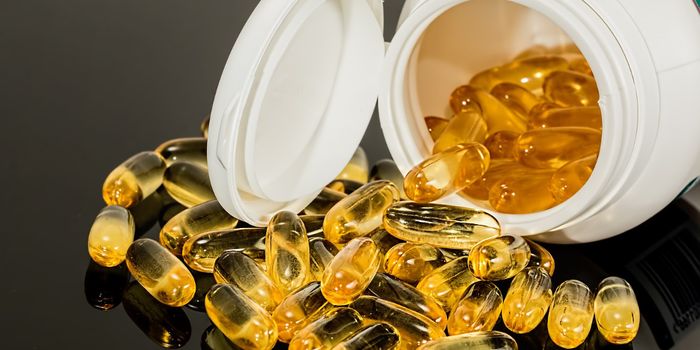The Invisible Killers in Your Home
Do you know a mist of air freshener or the burning of a deliciously-scented candle in your home is a "sweet" and a slow poison to you and your loved ones?
The most popular fragranced products used at homes/offices that pose health hazard are:
- Air fresheners and deodorizers (e.g., sprays or solid disks)
- Personal care products (e.g., soaps, hand sanitizer, lotions, deodorant, sunscreen, shampoos)
- Cleaning supplies (e.g., all-purpose cleaners, disinfectants, and dishwashing soap)
- Laundry products (e.g., detergents, fabric softeners, dryer sheets)
- Household products (e.g., scented candles, toilet paper, trash bags, baby products)
- Fragrance (e.g., perfume, cologne, after-shave)
What do these fragranced products contain, and why are they harmful to health?
Volatile Organic Compounds (VOCs)
VOCs are volatile organic chemicals or gases that are released into our environment (both indoors and outdoors) from products or processes. The exposure to VOC content may have adverse effects on our health, both short- and long-term (Figure 1).
A team of researchers at the University of Washington, Seattle detected 133 different VOCs emitting from 25 common fragranced household products. The researchers used gas chromatography-mass spectrometry to analyze VOCs released from the products. Of these 133 VOCs, 24 are classified as toxic or hazardous under U.S. federal laws, and each product emitted at least one of these compounds.
VOCs contain hazardous carcinogenic chemicals like formaldehyde, petroleum distillates, limonene, acetaldehyde, 1,4-dioxane, formaldehyde, or methylene chloride. The people whose lungs are already susceptible such as asthma sufferers and children (less developed metabolic system) are most likely to develop life-threatening symptoms after exposure to these nasty chemicals.
How can you reduce the levels of VOCs in your home?
- To minimize your exposure to VOCs, the Environmental Protection Act (EPA) recommends increasing ventilation when using products that emit VOCs.
- Minimize the use of products at home that emits or contain VOCs. Throw away unused or little-used containers that have chances to emit VOCs safely.
- Use natural air fresheners for a great smelling home, like brew mint tea, use threaded pomander balls, wrap cinnamon and cloves in cheesecloth and boil in water, keep air-cleansing houseplants, which can improve indoor air quality by filtering toxins out of the air.
- Keep all the windows and doors of your house open for maximum ventilation and fresh air.
- Use plug-in air quality monitoring gadgets like Awair Glow C, Plume Labs Flow and Airthinx IAQ.
Share in the comments the efforts you are putting in to make your home "VOCs-proof".
Sources: AmericanLungAssociation, ScienceDirect, ScientificAmerican









